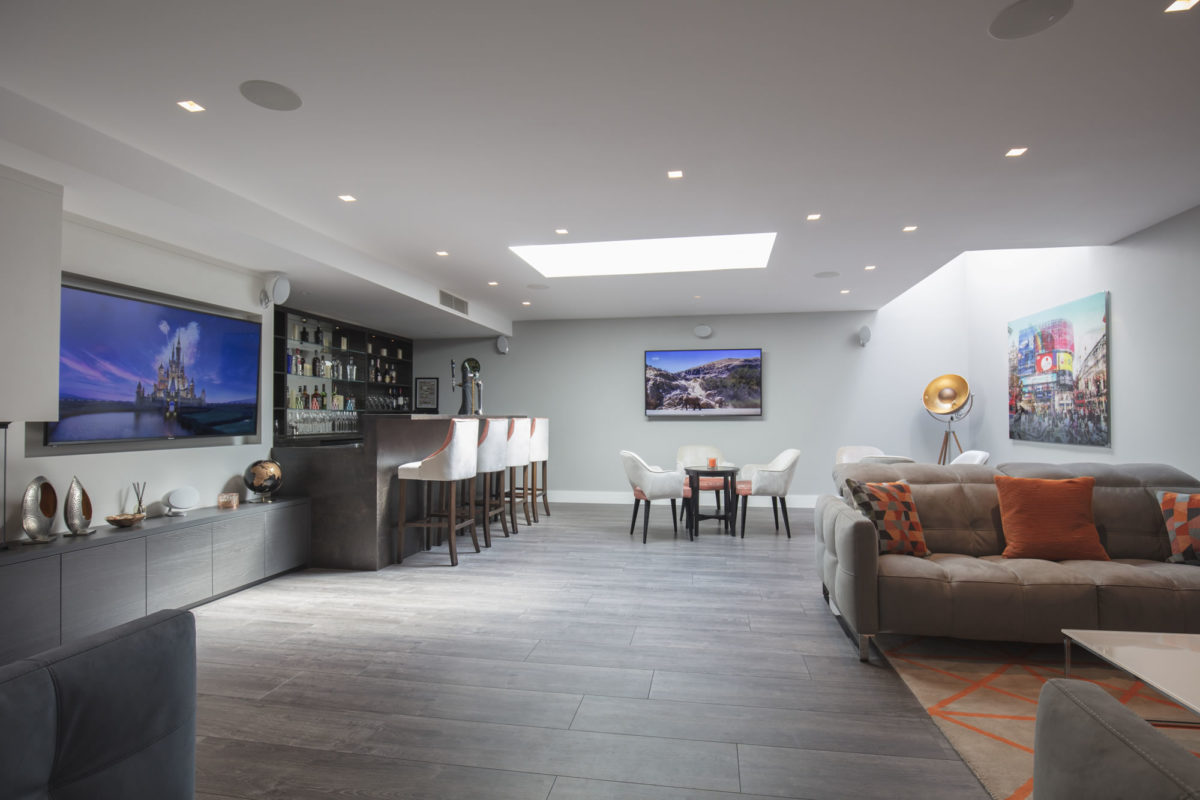Does a Basement Conversion Make Sense?
Do you need extra usable living space rather than a guest suite? Are you running a business from home or need somewhere for growing teens to hang out? If that’s the case, a basement conversion will put extra accommodation where you need it. Starting with a strong basement design idea will help to control costs and deliver a space that works for your needs.
Design Dictates Budget
When you’re going through the design process, make a list of the features you must have and then another of nice-to-haves. That way when you come to discuss and cost out the entire design you’ll have realistic goals to aim at. You’ll know which improvements will come in under budget, so you’ll know whether you have wiggle room for the luxury extras.
Maximise RoI
Try to avoid spending more than 20% of your property’s current value on the basement conversion unless you intend to stay put for five years or more. That way you stand a chance of seeing a decent return on your investment. Your basement can have a significant impact on the desirability of your property, adding up to 20% to its value depending on how you configure the space. Extra bedrooms, bathrooms and kitchen diners are all smart ways to maximise the return on your investment when you finally come to sell.
Hire the Right Contractor
Finishing your basement to the highest standard means you’ll need to employ a specialist basement contractor. Look for a company that can deliver a complete end-to-end service for consistency and quality. They’ll be able to deliver on your design-led conversion on time and within budget.
Tips for an Affordable Basement Design
Keep it simple:
Opt for standard fixtures and fittings and think carefully about expensive upgrades like a home cinema system. Spend your money where it can really make an impact in a feature light fitting or a stunning staircase.
Go open-plan:
Opt to keep your space as open as possible – every new partition equals new walls, doors and wiring, which adds up to extra expense. In addition, you’ll limit the way the space can be used – if you’re adding a basement conversion to add value, a buyer appreciates a blank canvas they can put their own stamp on.
Choose flooring carefully:
Carpet is a surprisingly good choice for a basement, adding warmth and comfort. It’s also relatively easy to pull up and replace if damp damage occurs. Ceramic tile paired with underfloor heating can be a practical choice, while luxury vinyl tile is cheaper per square metre than wood and stands up to humidity far better. It’s also a ‘blink and you’ll miss it’ copy for the real thing.
Leave it to the experts:
Don’t try to DIY your basement finishing. You won’t achieve the same standard of finish, and you may even end up spending more in the long run.

